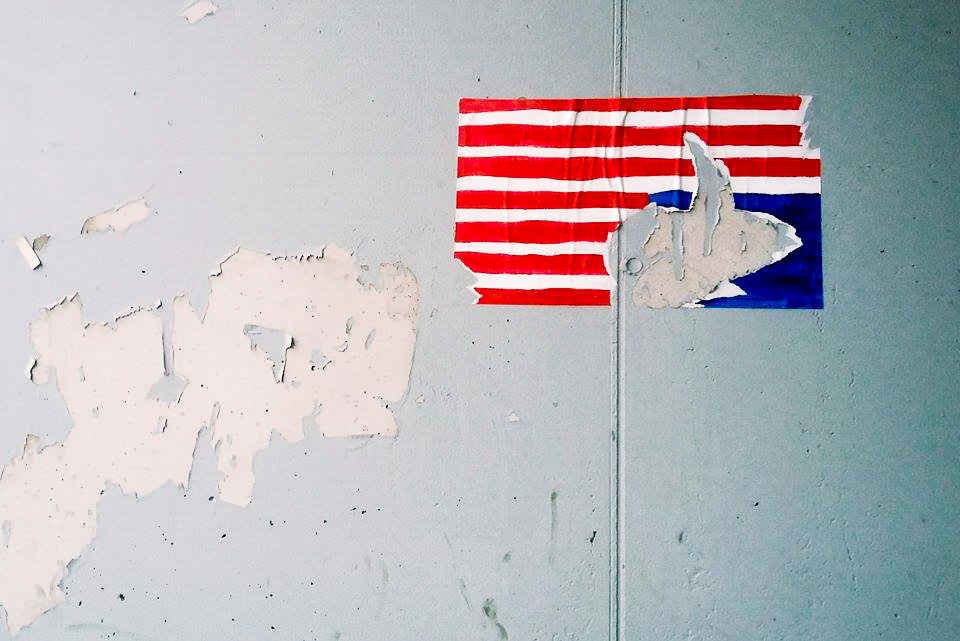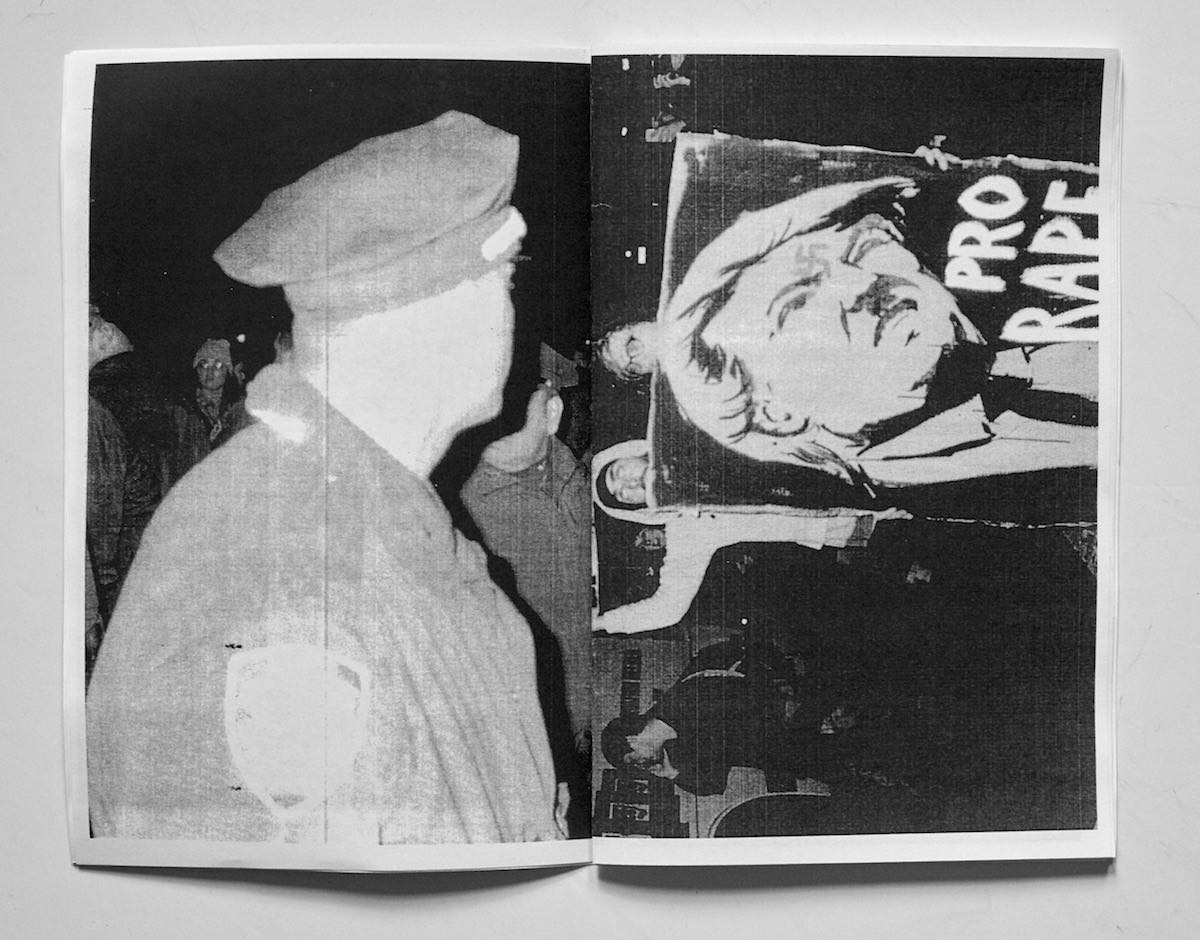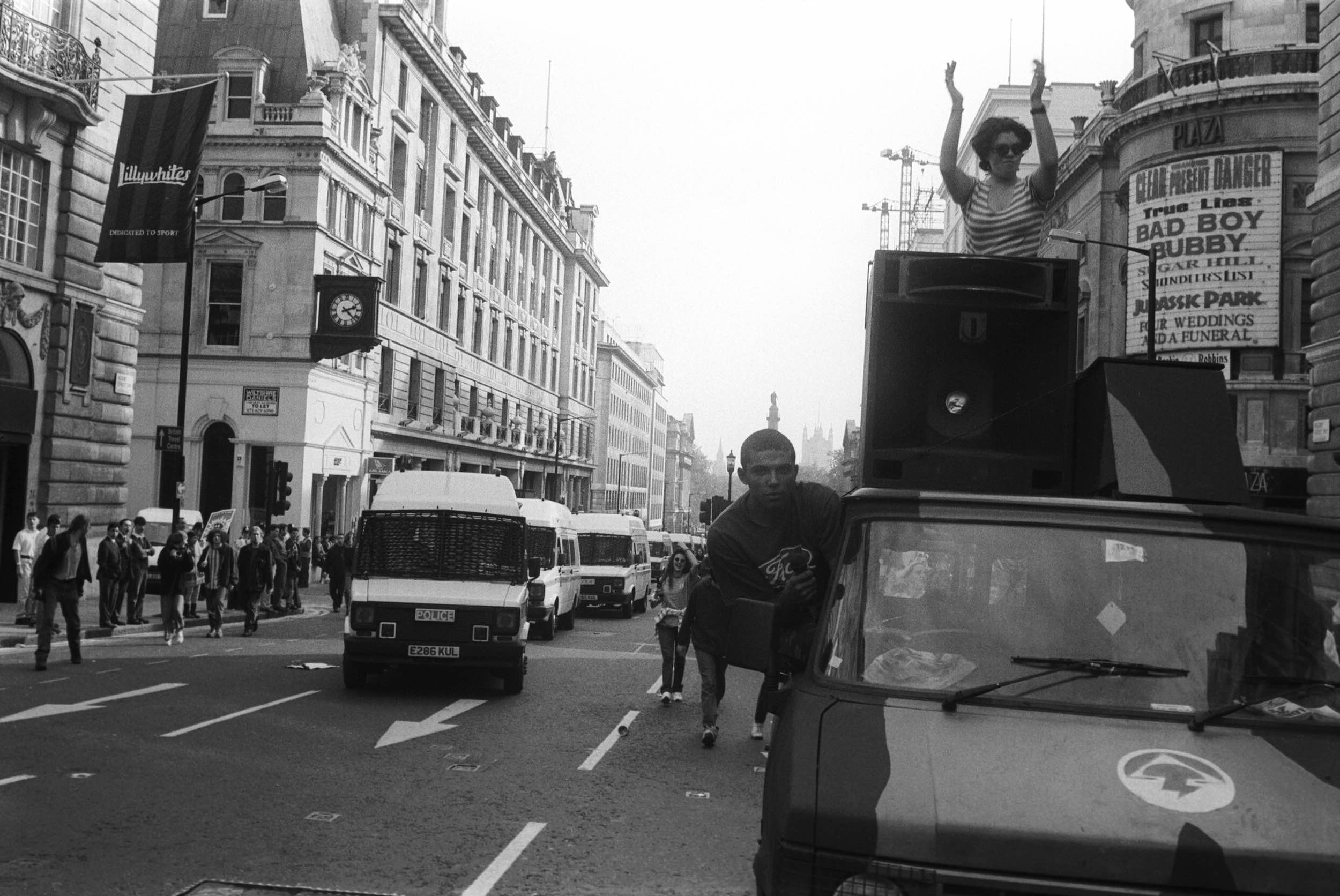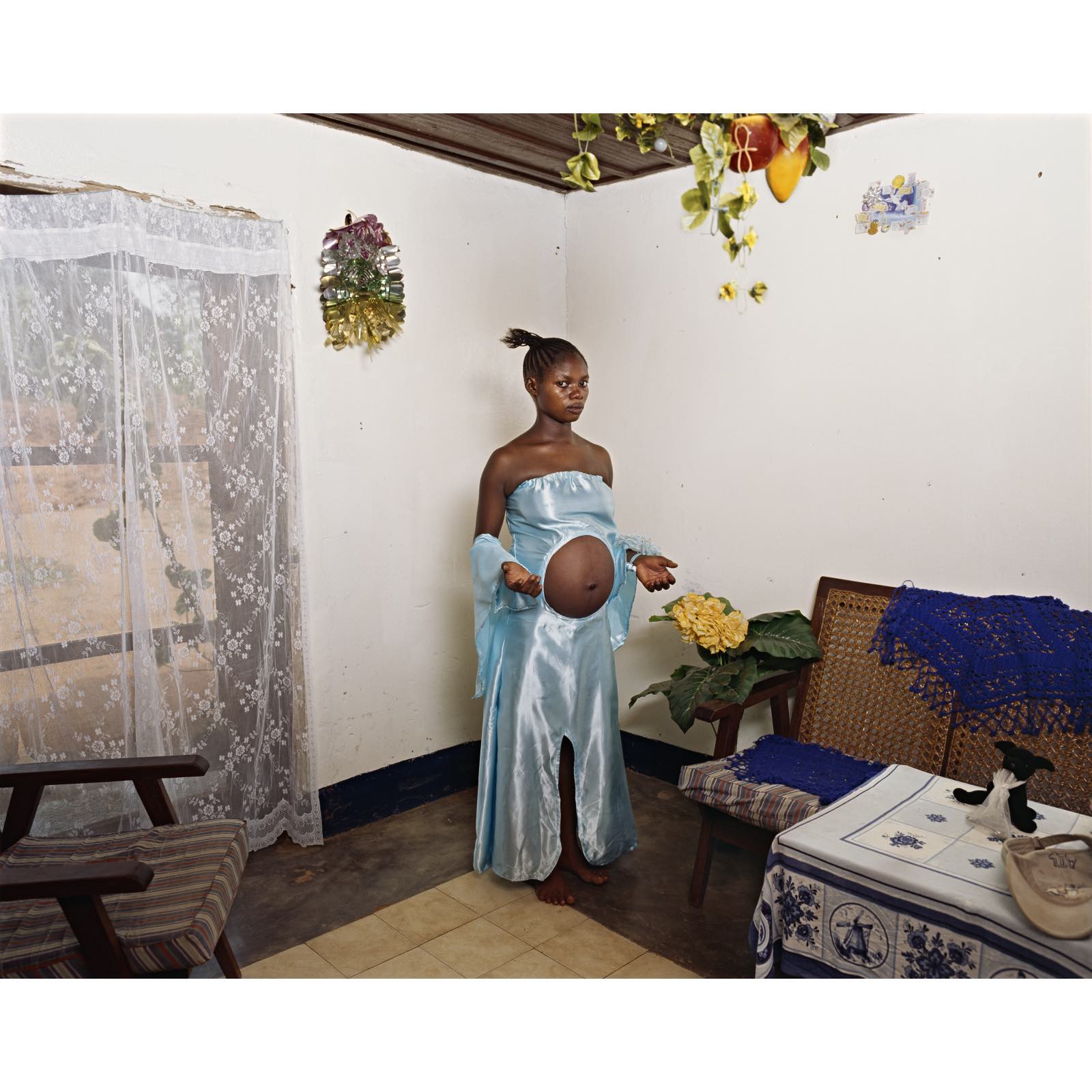Fire Island's LGBTQ Art Residency
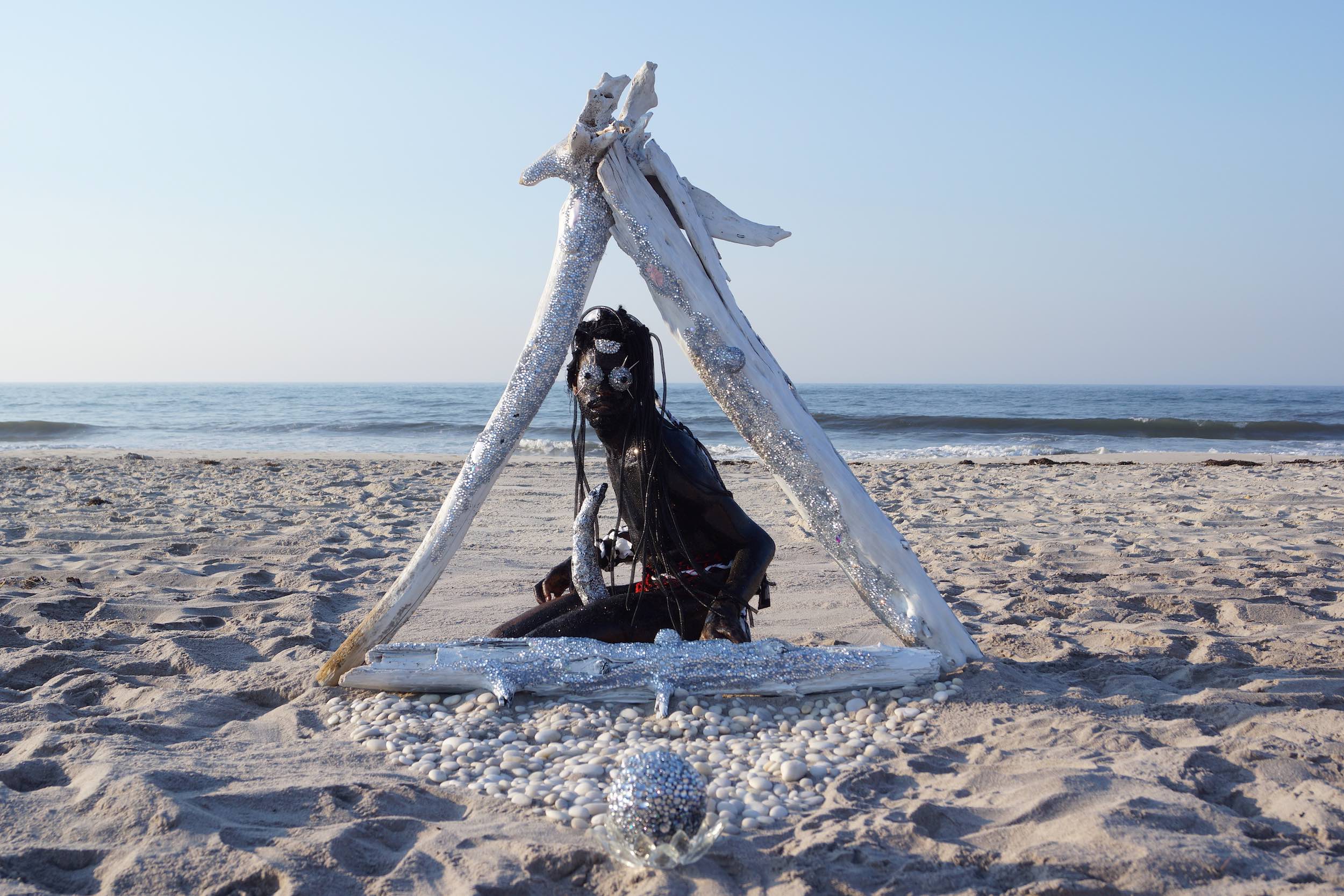
"It’s 2017! Shit's weird!" says Chris Bogia of the Fire Island Art Residency. "Giving marginalized populations a platform to share their unique perspectives is always important, but this year we gotta dial it up to 11."
In summer 2011, Chris Bogia, Evan J. Garza and Rod Sayegh organized the inaugural summer program of FIAR – the only art residency organization exclusively for LGBTQ artists. FIAR also collaborates with celebrated LGBTQ artists, and to date, have partnered with Jim Hodges, Ryan McGinley, Mickalene Thomas and Nayland Blake in collaboration with designers Costello Tagliapietra, Nicole Eisenman and Catherine Opie on a series of multiples, produced exclusively for FIAR. The generosity of these artists and the proceeds from the sale of these works underwrite the costs of the annual summer program, and support the artists and community. GOOD TROUBLE spoke with Chris Bogia to find out more.
GOOD TROUBLE: Why is it important in 2017 to have an arts residency organization exclusively for LGBTQ artists?
CHRIS BOGIA: Even though FIAR is “exclusively” LGBTQ, within those letters are so many different perspectives, social priorities, potential harmonies as well as discordancies. FIAR is a place where each summer a diverse group of five folks from all over the gender and sexuality and racial and art medium spectrum come together and have this unique experience where they live and work in close quarters with one another. Sure, everyone is “queer", but each of the residents has so much to share and learn from each other. Shared studios, shared meals, and shared beach blankets are all sites of idea exchange across the letters and lives of L-G-B-T-Q, and this can only happen when these queer artists are alone with each other. Our mission at FIAR is to use our residency and the public programming we offer, to amplify the voices of LGBTQ artists with an emphasis on those in the emerging stages of their career. It’s 2017! Shit's Weird! Giving marginalized populations a platform to share their unique perspectives is always important, but this year we gotta dial it up to 11.
“Shared studios, shared meals, and shared beach blankets are all sites of idea exchange across the letters and lives of L-G-B-T-Q, and this can only happen when these queer artists are alone with each other.”
Catherine Opie – National March for Lesbian and Gay Rights, 1984
(EAT THE RICH for Fire Island Artist Residency) 1984/2017
How have sensibilities and issues changed since you set it up in 2011, and how do you think the residency has reflected that?
Each year a different jury selects a new group of artists to participate in the residency. The work the artists make never needs to be “about” a queer experience nor is that kind of work avoided. Abstract lesbian painters and trans body performers and gay boys who draw delicate arrangements of kitsch are all welcome and represented at FIAR, just to give three tiny examples. I haven’t been able to identify trends in the artistic strategies I’ve had the privilege to observe over the last six summer residencies, but I do see how social sensibilities at FIAR are often maybe a step ahead of even liberal folk's recognition of issues around queerness. FIAR’s artists, like a lot of artists, lead when it comes to concerns about social justice and these concerns have woven themselves through our organization since its inception. Our public programming always strives to bring new perspectives and issues we feel strongly about into view. FIAR Exhibitions like 2016’s Coney Island Babies: Visual Artists from the Brooklyn Drag Scene challenged the art and drag world to recognize the contributions of artists working across drag performance and visual art, and included folks like Sasha Velour, Tyler Ashley, and Raul de Nieves before they began popping up in major Art Fairs, at the Whitney Biennial and on TV.
Mickalene Thomas – Afro Muse, 2005
Why Fire Island and what is the best thing about having the residency here?
Cherry Grove (on Fire Island) is the oldest gay town on the planet. FIAR’s founders wanted to share the history of this place with young LGBTQ artists so that they could commune, create, and ultimately contribute to the island’s rich history of queer cultural production. Cherry Grove seemed especially suitable because it is the more diverse of the two queer communities on Fire Island, and the locals, especially the community elders, are incredibly generous with residents who choose to embrace the anthropological potential of being in such a unique historic community.
Ryan McGinley – Jasper (Red Mohawk), 2013
Generally, what do you think the role of art and creativity is in protest and creating social change?
Visual art is weird (and thank goodness for that). I don’t think the best of it really does much for social change during its debut (maybe film does?). Contemporary visual art has to be unpacked over time, perhaps even dulled down and copied and absorbed into mainstream culture before it gets in front of people beyond the exclusive white cubes it often originates from. As an artist myself, making things that were "about” asserting my queer identity became unfulfilling, and if anything, felt like a stifling responsibility. Beyond my studio practice I wanted to make a day job for myself I could feel passionate about, and so I co-founded the fantasy residency I’d always wished I could participate in. As a result, it allowed my own studio practice to become more indulgent – more about the decorative formal things I loved and and wanted to express. I didn’t want to make work that was just “illustrating activism”, I wanted to do something with immediate measurable results.
“If you actually want to make change, it may help to think about adding real community action to your definition of what a visual artist’s practice can be.”
Having a social practice like running a residency for a community you want to strengthen is far more effective than making art “about” community strengthening. Radical amazing ideas are wonderful to celebrate through visual art, but they will likely be received by folks who already feel the same way. You might be remembered as one of the folks who created the visual culture of your era, but if you actually want to make change, it may help to think about adding real community action to your definition of what a visual artist’s practice can be.
For me, getting to be the director of FIAR and choosing to define my art practice in a way that incorporates the administrative and curatorial work I do gives me the ultimate freedom to make visual art unfettered by social responsibility, which for me feels like a radical act for a queer artist.
Find out more about the Fire Island Art Residency. Top image: Work by Devan Shimoyama, FIAR 2015 resident
ACTIONS
Amplify emerging LGBTQ artists' creative voices! Consider donating or adding a work by one of the world’s most celebrated artists like Cathy Opie, Nicole Eisenman, Nayland Blake or Mickalene Thomas. All of the proceeds go towards ensuring FIAR can continue to provide its free residency to emerging LGBTQ artists and continue offering exhibitions, lectures, and gatherings free and accessible to everyone.
June 2017 is Pride Month! Look up events near you with the Gay Pride Calendar.
Writer, editor and consultant based in London /New York





